In the fiscal year of 2024, the construction sector in India anticipates a notable uptick, with costs projected to escalate by an average of 6%, as per the latest insights from JLL’s Construction Cost Guide. Mumbai, maintaining its reputation as the most expensive city for construction endeavors, contrasts with Chennai, offering a relatively more cost-effective alternative.
India's construction industry stands at the nexus of growth and adaptation, continually responding to market dynamics and emerging trends. At the forefront of this landscape is Mumbai, recognized as the most expensive city for construction activities. This distinction underscores the importance of understanding the myriad factors driving construction costs across the nation.
JLL's comprehensive Construction Cost Guide projects a significant surge in construction expenses for India, with estimates pointing to a 6% increase in the fiscal year 2024. This upward trajectory is propelled by various factors, including escalating prices of essential construction materials such as cement, reinforcement steel, structural steel, and stones. Mumbai, in particular, bears the brunt of these elevated material costs, cementing its status as a hub for high-cost construction projects.
Jipu Jose James, the Managing Director of Project Development Services (PDS) at JLL India, underscores the prevalent trend among businesses to reevaluate real estate decisions in a bid to optimize expenditure. Despite ongoing deliberations on the pandemic's specific impact on construction outlays, an overarching trend of ascending construction expenses persists.
Amidst these challenges, stakeholders are presented with opportunities to optimize strategies and navigate the complex terrain of the construction sector. By leveraging insights from resources like JLL's Construction Cost Guide and closely monitoring market trends, businesses can make informed decisions to mitigate risks associated with budget overruns and enhance project outcomes.
A significant consideration for stakeholders is the management of labor costs, which constitute a substantial portion of overall construction expenditures. With an average annual increase of 6% over the past three years, labor costs pose a considerable challenge to project budgets. Furthermore, the industry grapples with a dichotomy in labor dynamics, characterized by an abundance of unskilled workers alongside a shortage of skilled labor. Addressing this disparity necessitates investment in vocational training programs to bridge the skills gap and bolster the industry's workforce capabilities.
In response to these challenges, stakeholders are implementing strategic approaches to maintain budget control and deliver projects of high quality. This entails optimizing spending, prioritizing aspects that enhance the end-user experience, and exploring cost-effective alternatives, particularly in cities like Chennai, where construction costs are comparatively lower.
Looking ahead, India's construction sector is poised for continued growth, driven by urbanization and infrastructure development initiatives. Despite uncertainties stemming from global economic conditions and the ongoing pandemic, stakeholders remain resilient, adapting to evolving market dynamics and leveraging innovative solutions to propel the industry forward.
India's construction sector is undergoing a transformative phase, characterized by rising costs, evolving market trends, and shifting labor dynamics. By embracing strategic approaches and leveraging insights from authoritative sources, stakeholders can navigate these challenges and seize opportunities for growth and success in the dynamic landscape of India's construction industry.

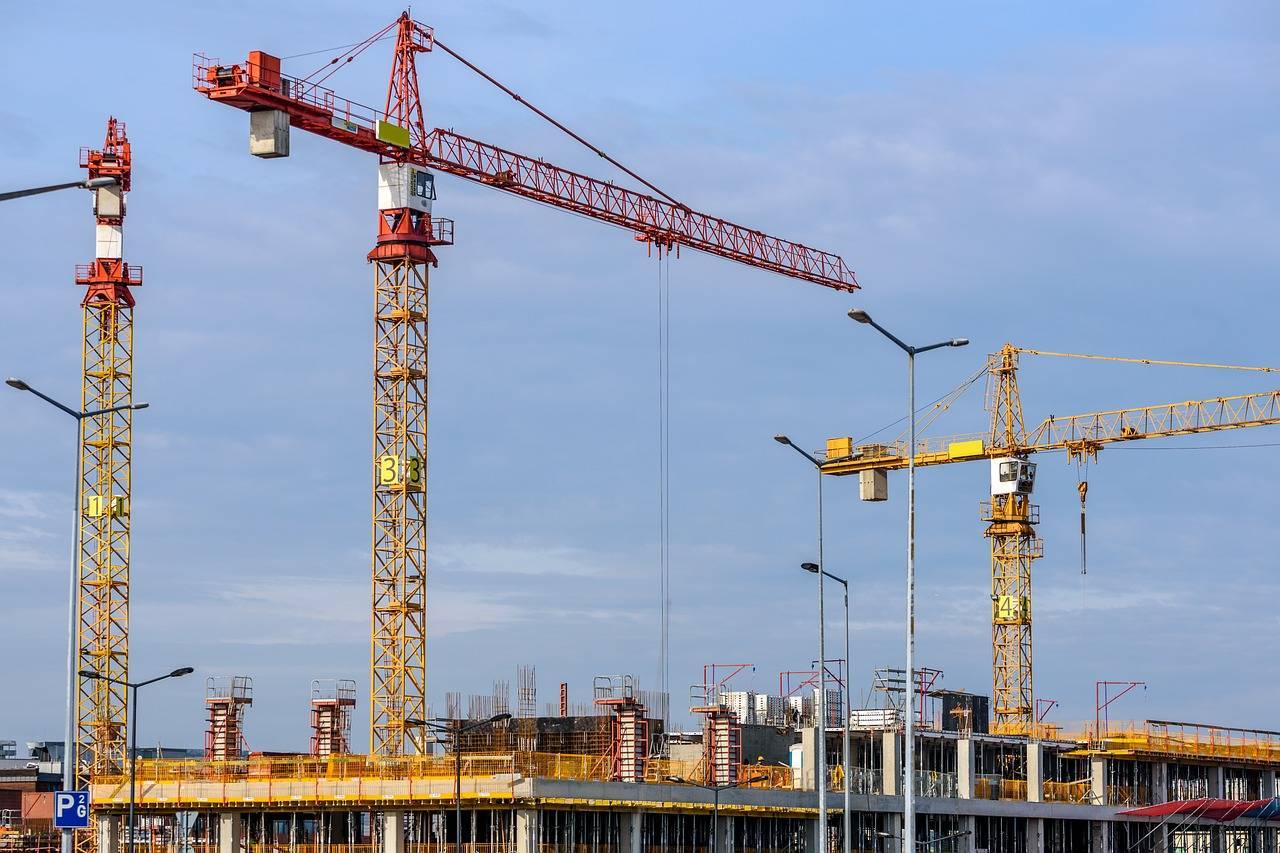
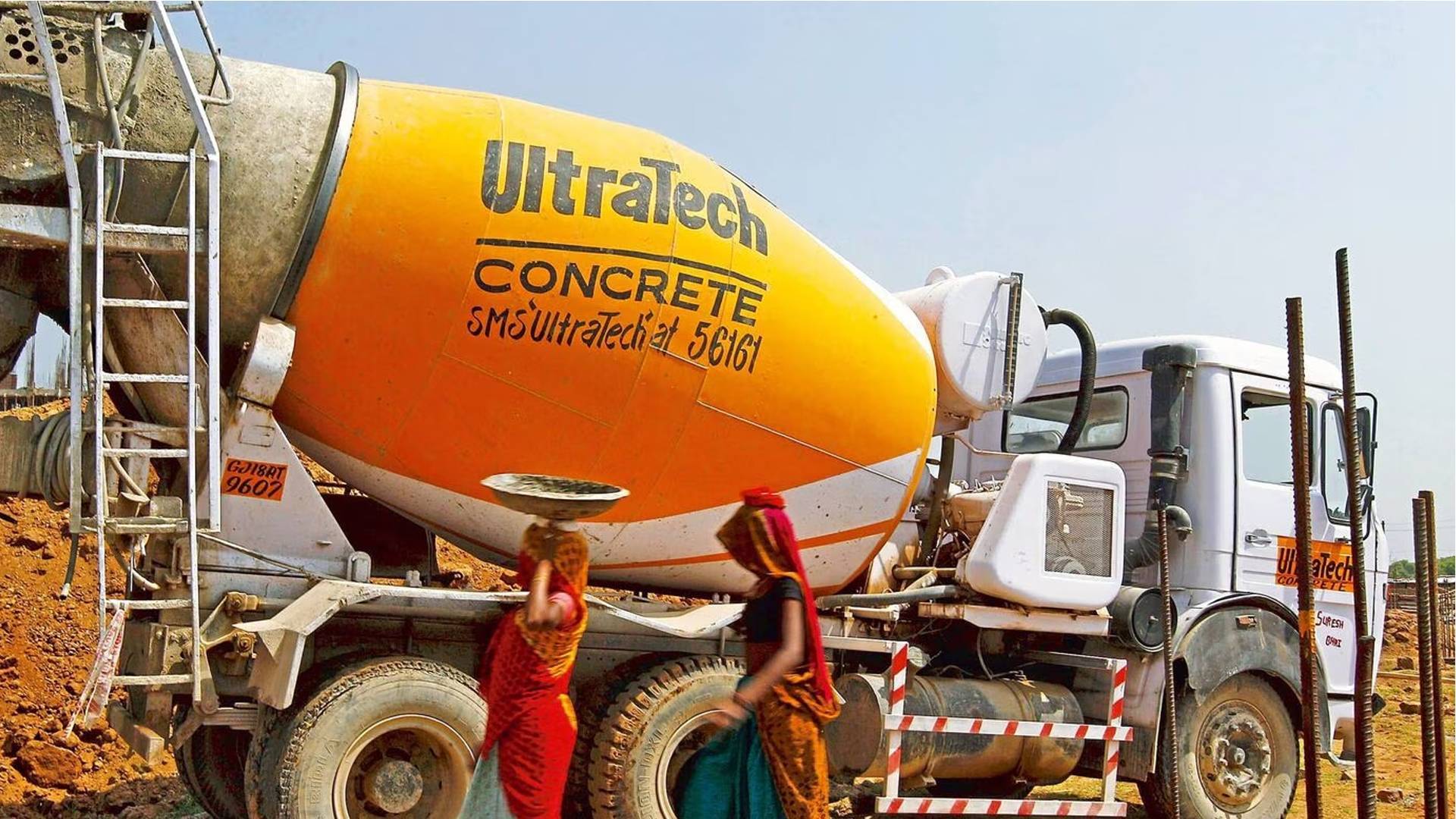
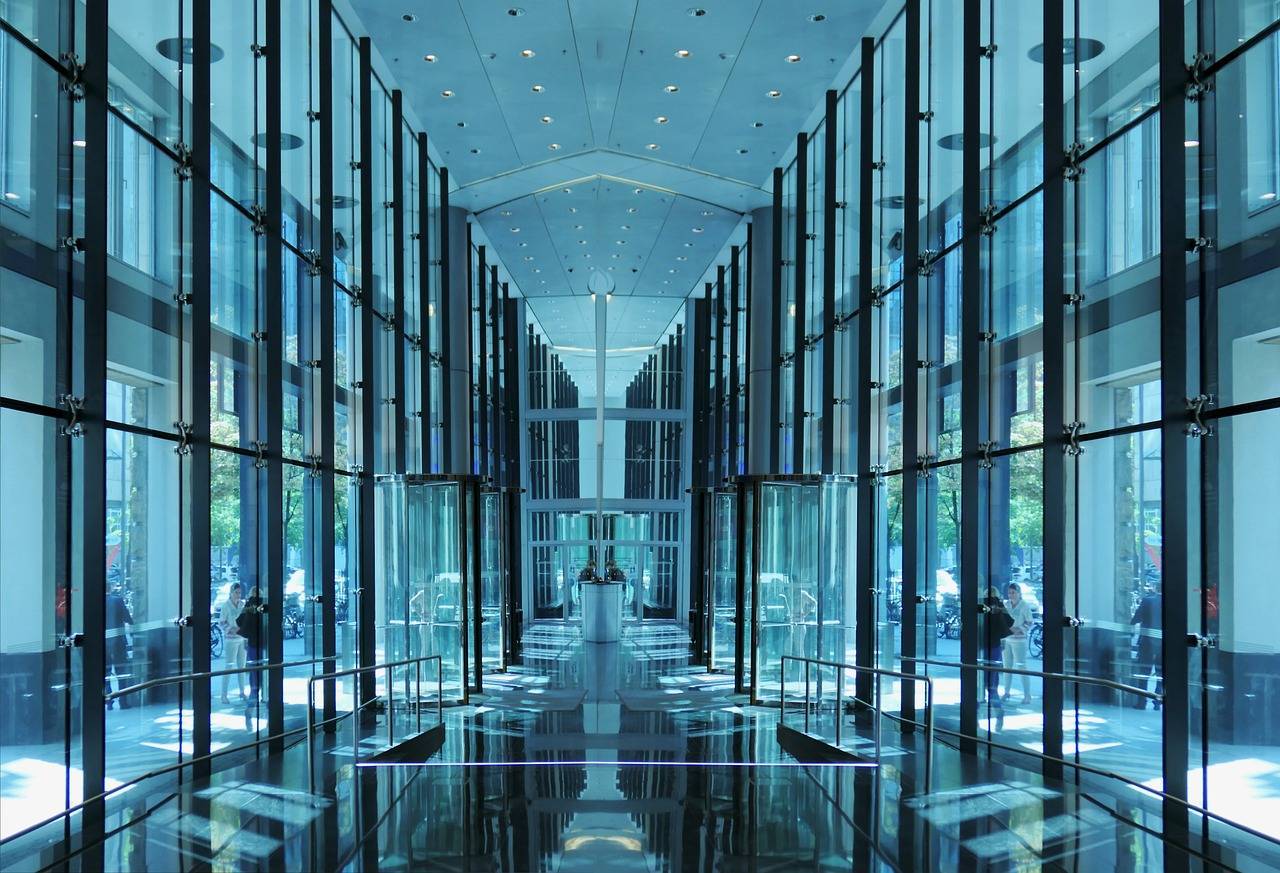



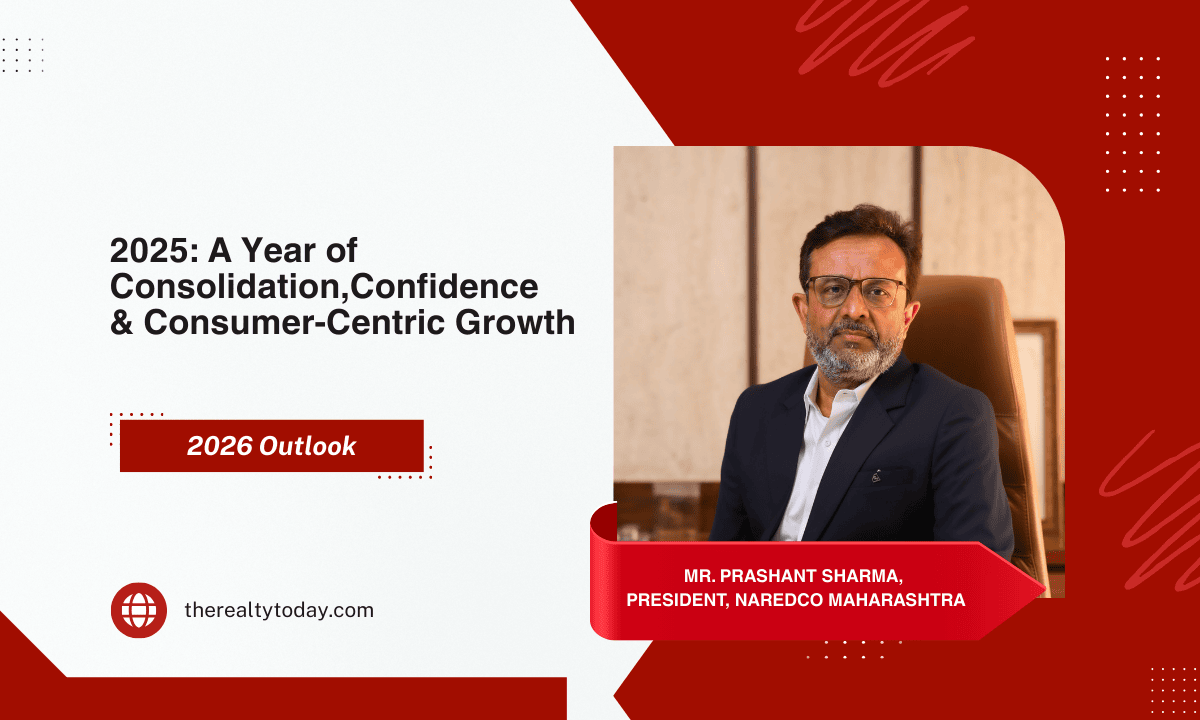
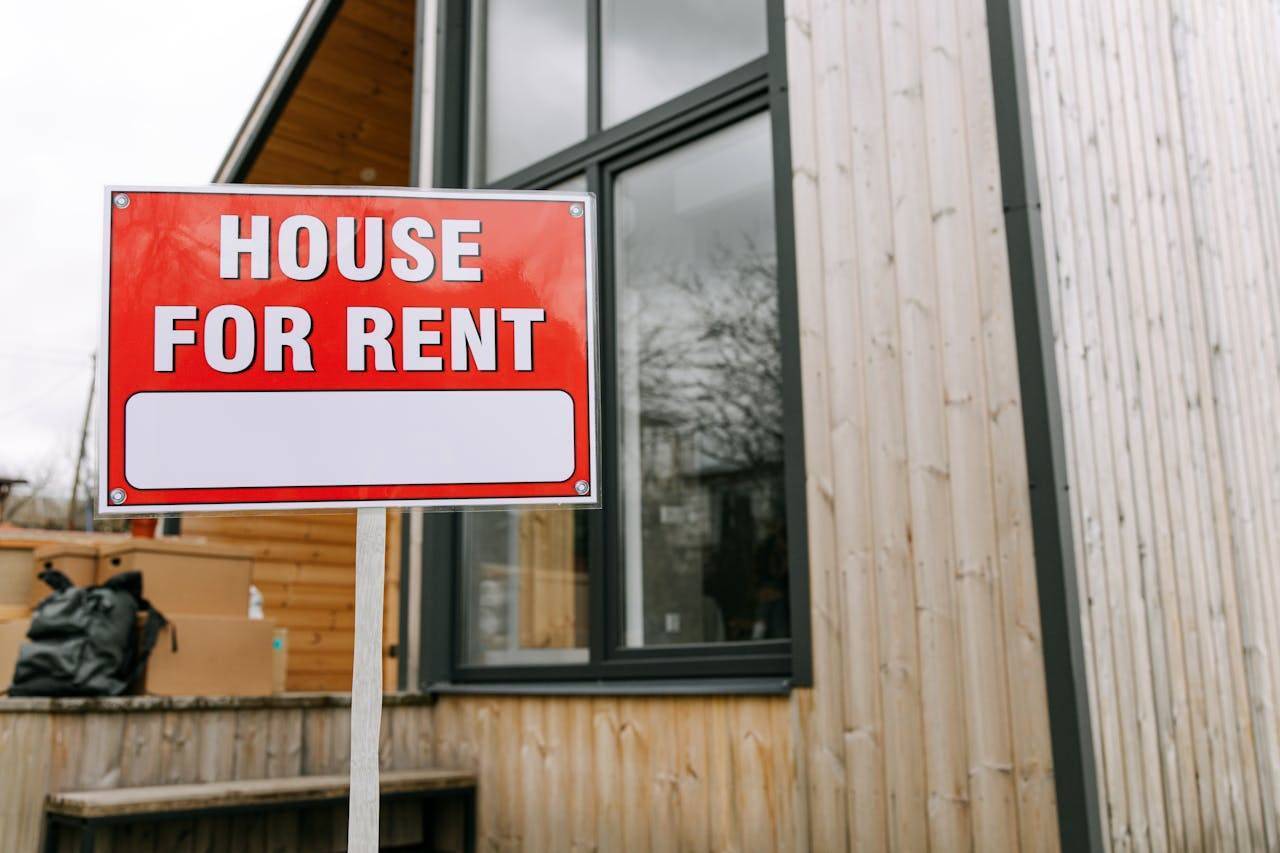
.png)